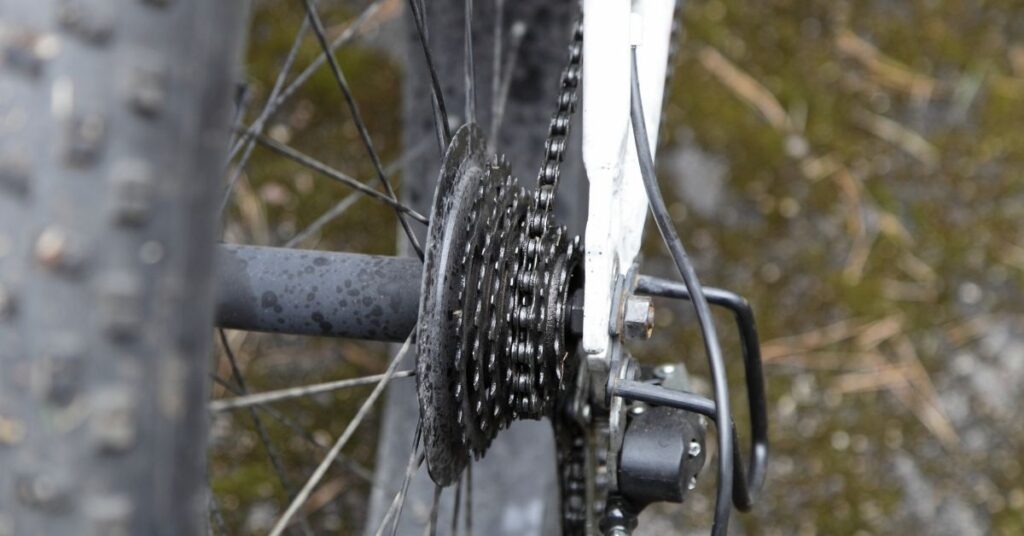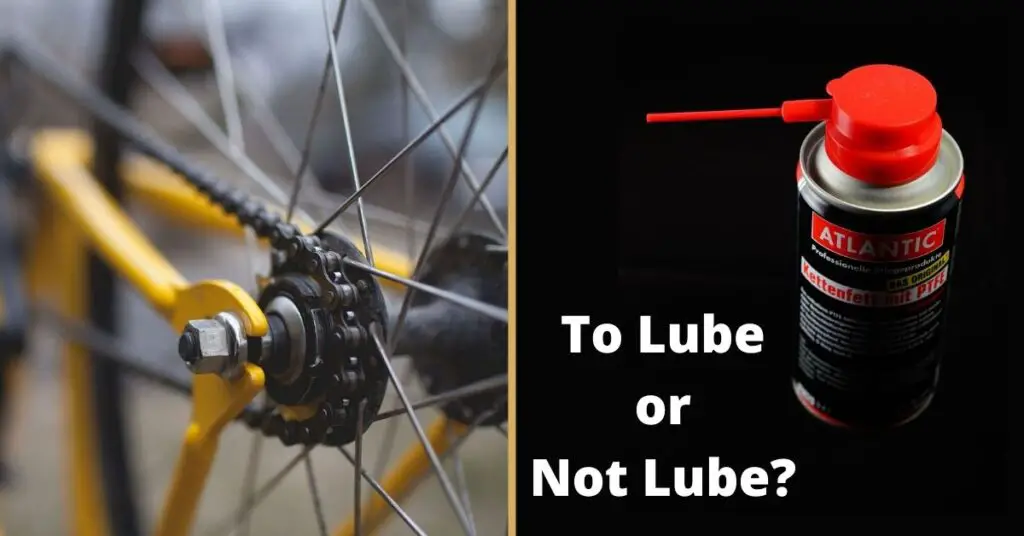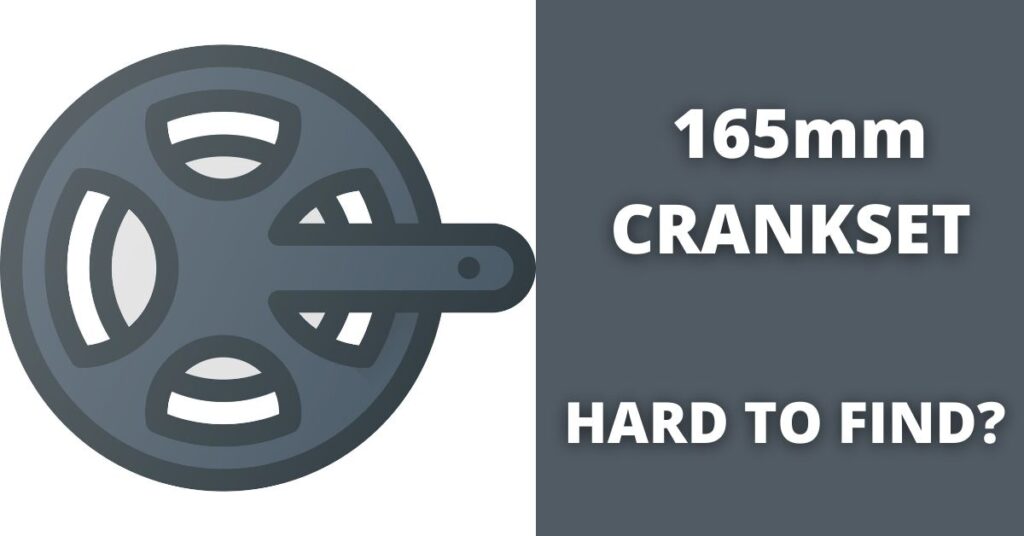For your bikes to work efficiently and satisfactorily, the components must align and match. This ensures synchronization and proper function of these components. Such is the relationship between your derailleur and cassettes.
These two need to match for them to be able to work hand in hand and give you the riding experience you can brag about.
We’ll be discussing the relationship between the two components further in this article, how they affect riding, and the problems you may encounter if you mismatch them. We’ll be focusing more on 10-speed derailleurs and 7-speed cassettes, and if you can use both together on your bike.

Can I Use a 10-Speed Bike Derailleur on a 7-Speed Cassette?
No, you cannot. A bike with a 7-speed cassette would also come with a 7-speed shifter and a chain that is compatible with 7-speed cassettes. This will make it impossible for a 10-speed derailleur to work on it. This is because a 7-speed shifter and a 10-speed derailleur have different pull ratios.
10-speed chains are also different from 7-speed chains. 7-speed chains are wider and would not give the derailleur cage enough clearance.
Derailleurs and shifters between 7-speed and 9-speed have the same pull ratio, so using mismatching them may not cause a problem but you can’t do that with 10-speed derailleurs.
The Relationship between Derailleur & Cassette
Derailleurs and cassettes have a unique relationship, each needs the other to work perfectly and bring out their best.
Your rear derailleur is responsible for shifting the chain from one cog on your cassette to another and is usually positioned below the cassette.
For your bike to shift properly and for these two to work together seamlessly, they need to match.
Derailleurs have the maximum number of cogs they can support. Matching a derailleur with a cassette of more speed/cogs than it can handle will overstretch the derailleur.
The derailleur also keeps the chain taut on your cassette at all times. They take up and release slack in the chain appropriately for proper shifting and to get accurate tautness.
A mismatch of derailleur and cassette can cause the chain to fall between sprockets or cause the derailleur to wear out faster.
What Is the Best Combination of Derailleur & Cassette?
To get the best combination of derailleur and cassette, a few things should be put in mind.
1- Speed
The derailleur and cassette should come in speeds that can match or work together. They don’t have to be the same speed but the derailleur should have a rear shift ratio that works with the shifters of your bike.
2- Cage Length
The derailleur needs to have an appropriate cage length for it to be a good combination for the cassette. They should accommodate the chains properly.
3- Brand
A good combination of derailleur and cassette would be of the same brand. It is not advisable to match components from different brands so a derailleur from SRAM is not a good combination with a cassette from Campagnolo. Always stick to the same brand for all your bike’s components.
4- Number of Sprockets
Derailleurs when sold comes with the maximum number of sprockets it can accommodate. If the derailleur can accommodate the large cogs on your cassettes, then it’s safe to say it’s a good combination.
When Is a 10-Speed Derailleur Used?
1- Bike Speed
A 10-speed derailleur is used if you want to change your bike to a 10-speed. For example, if your bike is a 7-speed and you want to change to a 10-speed, you would need to change the cassette to a 10-speed.
In addition to this, you would also need to change the derailleur and shifter to 10-speeds.
2- Easy Climbing
More gears or more gear range on your bike helps you to climb better and easier. A 10-speed derailleur can accommodate bigger cogs up to 36t cog.
This is essential if you would be using your bike to go uphill. So when you change your gear to accommodate more cogs, a 10-speed derailleur is used to shift chains easily on it.
3- One Chainring
Using one chainring as opposed to two or three is fast becoming common. Most modern mountain bikes are even built with 1 chainring. This is possible without losing speed or gear ratios if you use a cassette and derailleur with more speed.
At least, a 10-speed derailleur and cassette would be needed to pull this off. This lightens your bike and eliminates the dropping of chains.
When Is a 7-Speed Cassette Used?
1- Downhill Races
A lot of downhill races have been won with 7-speed bikes. With 7-speed cassettes, your gearing allows for descending steeps at high speed. It also makes descending easy.
This is important for you if you live in an area where there are steeps and you have to go downhill a lot.
2- To Save Weight
A 7-speed cassette is used to save weight. It’s easier to handle lighter bikes which is why riders are always looking for ways to shed weight on their bikes.
Using a 7-speed cassette means doing away with some gears, thereby saving their extra weight and having better handling of your bike.
3- Durability
7-speed cassettes are used when a rider wants something tough. 7-speed cassettes are preferred on tough terrains because they are strong and do not need a lot of maintenance.
They do not break down easily and can work with shifters and derailleurs with higher speeds like 8 and 9, except in rare cases.
4- Quick Shifting
Because it has few gears, 7-speed bikes with 7-speed cassettes changes gear quickly. It’s easier to move from the lowest gear to the highest gear or vice versa since the gears aren’t many. So if you prefer quicker shifting over speed, you should consider a 7-speed cassette.
5- Wheel Clearance
A 7-speed cassette is used when more wheel clearance is needed. Because it comes with fewer gears, there’s more space between the cassette and the spokes in your rear wheel.
This makes your ride smoother and prevents one component from affecting the other.
Problems That Can Arise by Using a 10-Speed Derailleur on a 7-Speed Cassette
A 10-speed derailleur isn’t compatible with a 7-speed cassette and these are the problems you may encounter if you go ahead to match them on your bike.
1- Improper Shifting
If you use a 10-speed derailleur on a 7-speed cassette, your bike won’t shift well. You may have to pedal fast and click your shifters several times before getting the derailleur to shift.
It will also shift incorrectly because the rear shift ratio of the derailleur will be different from the cable pull ratio of the shifter.
They won’t work well together at all. And if you continue to use it that way, you’ll wear out your derailleurs and cassettes fast.
2- Chain Rub
10-speed derailleurs use 10-speed chains which are narrower than 7-speed chains. So using a 10- speed derailleur on a 7-speed cassette will cause a lot of chain rub and noise. The bike chain will be too wide for the derailleur and will not give the derailleur cage enough clearance.
What If You Use Friction Shifters?
If you use friction shifters, using a 10-speed derailleur on a 7-speed bike won’t be a problem because they work with any kind of derailleur.
Friction shifters do not need to be adjusted and do not have pre-set clicks so you can pull any amount you want. Cable pull ratios aren’t a problem at all.
With friction shifters, the speed of your derailleur doesn’t matter.
What about a 10-Speed Cassette on a 7-Speed Derailleur?
Well, if this is a question you’ll also like to be answered, it is no. A 10-speed cassette cannot work with a 7-speed derailleur because the cassette would have different spacing between its gears.
So if you’re using a 7-speed bike and would like to change your cassette to a 10-speed, you’ll need to change the derailleur, chain, and shifters too. Unless you use friction shifters.
Final Thoughts!
10-speed derailleurs are not compatible with 7-speed cassettes and should not be combined on your bike. You however may be able to make it work if you change the shifters and chains on your bike to 10-speed too, but it’s not advisable to match components of different speeds.
10-speed derailleurs have their advantages and work better when paired with a compatible shifter and cassette. They accommodate larger cog teeth, climb faster and also pedal easier.
7-speed cassettes although not as common these days have their advantages too. They work better with compatible shifters and derailleurs and the beautiful thing about them is that they can work with most 8-speed and 9-speed components without issues.
So always check compatibility before matching components of different speeds. Also, make sure, you only use components from the same brand. Matching components from different brands, even if they have the same speed, can cause problems. Some of these brands make unique components that aren’t compatible with other brands.
Cheers!




